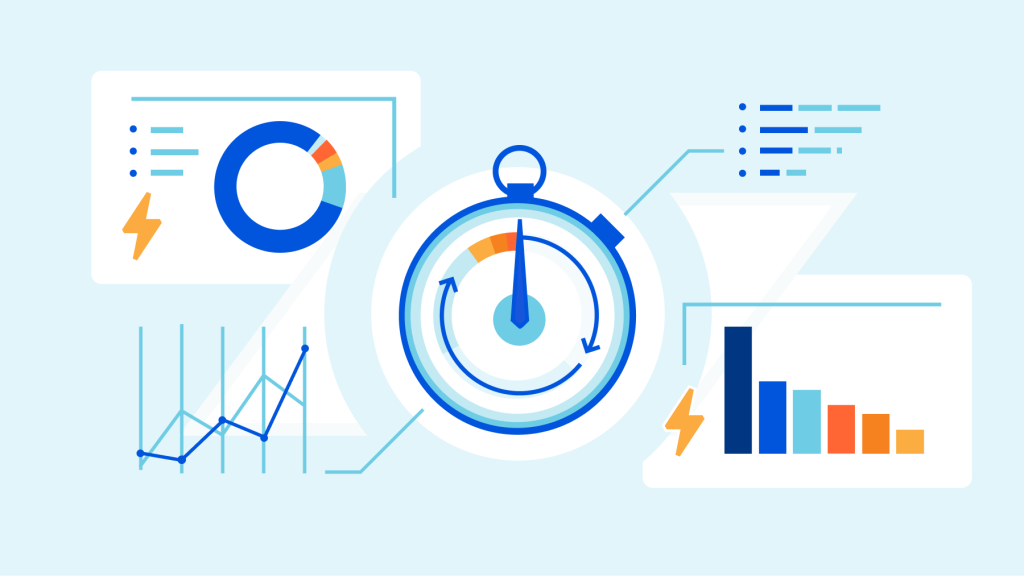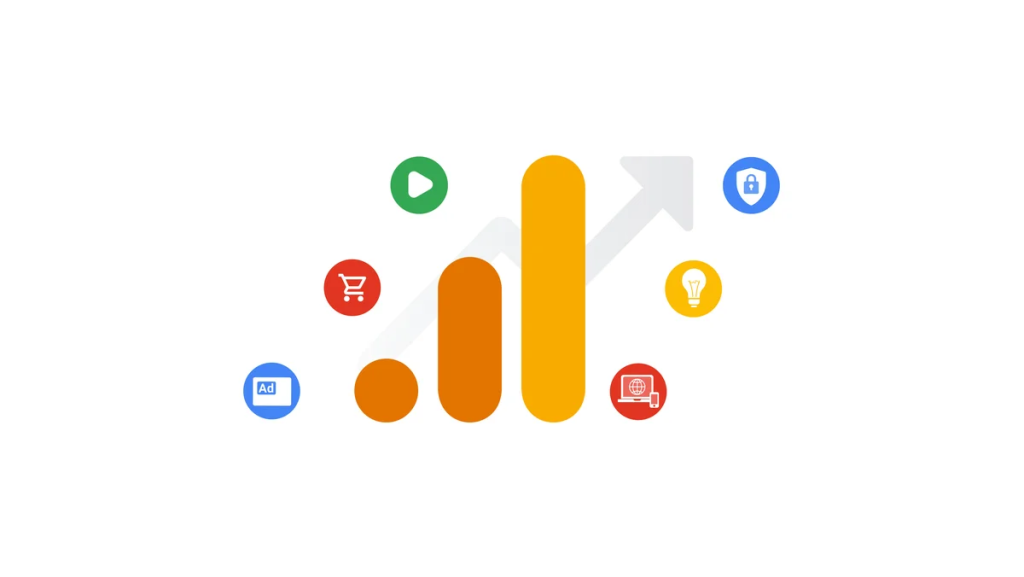
In the highly competitive world of e-commerce, data analytics has emerged as a powerful tool for creating personalized marketing strategies. Let’s explore how it works and the benefits it brings.
1. The Role of Data Analytics in E-commerce
- Understanding Customer Behavior
- Purchase History Analysis: By looking at what customers have bought in the past, e-commerce platforms can identify their preferences. For example, if a customer often purchases sports equipment, it indicates an interest in fitness products.
- Browsing Patterns: Monitoring which pages customers visit and how long they stay on them helps understand what they are interested in. If a customer spends a lot of time looking at running shoes, the platform can target them with relevant offers.
- Segmenting Customers
- Demographic Segmentation: Divide customers based on age, gender, location, etc. For instance, an e-commerce site selling beauty products might find that younger female customers in urban areas are more likely to buy trendy makeup items.
- Behavioral Segmentation: Group customers according to their actions, like frequent shoppers versus occasional ones. Frequent shoppers can be offered loyalty rewards or exclusive discounts to encourage more purchases.
2. Personalized Marketing Strategies Enabled by Data Analytics
- Personalized Recommendations
- Product Recommendations: Based on a customer’s purchase history and browsing behavior, the platform can suggest products they might like. For example, an online bookstore can recommend books in the same genre as the ones the customer has previously bought.
- Complementary Product Suggestions: If a customer buys a camera, the platform can suggest accessories like memory cards, camera bags, or lenses that go well with it.
- Customized Communication
- Email Marketing: Send customized emails to customers. Instead of generic promotions, include offers on products they have shown interest in. For example, if a customer has been looking at kitchen appliances, the email can feature discounts on specific appliances they viewed.
- In-App Messaging: For mobile apps, send personalized messages. If a user hasn’t logged in for a while, the app can send a friendly reminder or an incentive to encourage them to come back.

3. Benefits of Personalized Marketing in E-commerce
- Increased Customer Engagement
- Customers are more likely to interact with the platform when they see offers and content that are relevant to them. They might spend more time browsing products and adding items to the cart.
- Higher engagement can lead to increased brand loyalty as customers feel understood and valued by the e-commerce platform.
- Higher Conversion Rates
- When customers receive personalized recommendations, they are more likely to make a purchase. For example, if a customer is shown products that match their interests, they may be more inclined to buy them instead of just browsing.
- Personalized marketing can also reduce cart abandonment rates by offering incentives or addressing concerns that might make a customer leave without buying.
4. Challenges and Considerations
- Data Privacy
- E-commerce platforms need to ensure that they collect and use customer data in a legal and ethical manner. They must comply with privacy regulations and protect customer information from unauthorized access.
- Clearly communicating to customers how their data is being used can build trust and encourage them to allow data collection for personalized marketing.
- Accuracy of Data Analysis
- The quality of the data and the algorithms used for analysis are crucial. If the data is incomplete or inaccurate, the personalized marketing strategies might not be effective.
- Regularly updating and improving data analytics tools and techniques is necessary to ensure accurate insights and better-targeted marketing.

In conclusion, data analytics plays a vital role in enabling personalized marketing strategies in e-commerce platforms. While there are challenges, the benefits it brings in terms of increased customer engagement and higher conversion rates make it well worth the effort. By leveraging data analytics effectively, e-commerce platforms can stand out in the competitive marketplace and build strong relationships with their customers.




